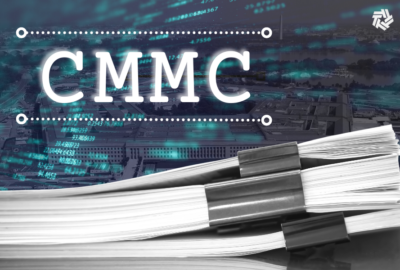OASIS follow-on: The $10 billion question
An independent, cross-functional GSA team should be pulled together to look at the OASIS program, develop a business case, and analyze the best follow-on approach...
This column was originally published on Roger Waldron’s blog at The Coalition for Government Procurement and was republished here with permission from the author.
As we start to experience the heat and humidity for which Washington summers are famous, on neighborhood corners, we may spot some enterprising youths selling lemonade to line their pockets with spending money. What is unseen is the reality that, before undertaking this retail effort, these youngsters had to deconstruct and understand the resources and costs of the process associated with bringing to market a product they could sell at a price that would cover their costs and, in the end, leave them with some sweet moolah. They also needed information about the street corner market, in particular, whether other “businesses” (stands) existed in that market, and if so, whether product differentiation would allow them to offer something that was not perceived as merely duplicative. In other words, they had to develop a business case that allowed them to understand the costs, benefits and risks of their undertaking.
What is true for lemonade stands is true for larger business efforts. It certainly is true for the follow-on to GSA’s OASIS program. Readers will recall that, back in April, we observed that the Services MAC approach “largely duplicates the existing MAS program, leaving few key features that differentiate between the two programs.” We said that “GSA’s ongoing development of a business case for [the Services MAC] should examine the customer agency mission support and market implications of abandoning the successful OASIS model. The business case should also examine the market and contract duplication impacts of the convergence between [the Services MAC] and the MAS program.”
Just like those youths selling lemonade, GSA needs a business case to understand and demonstrate the costs, benefits and risks of their OASIS follow-on undertaking. Indeed, one could argue that GSA should have completed its business case before proposing OASIS follow-on solutions to enhance the credibility and objectivity of any follow-on proposed, convey that the follow-on was data-driven, and avoid misperceptions about OASIS and the underpinnings of its successor.
In planning for the successor to OASIS, GSA has gone from OASIS, to OASIS follow-on, to BIC MAC, to the Services MAC, all without a business case and all leading to what is effectively the same result: a duplication of the Schedules along with the development of new support systems. The absence of that business case leaves stakeholders with no rationale for the approach selected, as they draw, correctly or not, their own conclusions for the rationale underlying the follow-on approach. One consistent and troubling perception among stakeholders is that, notwithstanding the metrics of success identified in a previous blog, GSA is walking away from the OASIS approach because it feels it was not successful. In this regard, OASIS and OASIS SB provided over $10 billion in complex professional services mission support to customer agencies in Fiscal Year 2020. Further, projections indicate that OASIS and OASIS SB will exceed $10 billion again in Fiscal Year 2021.
A business case, prepared and released to the public before the issuance of a follow-on approach, would have allayed such concerns and demonstrated that the follow-on was rooted in analysis. It would have addressed customer and industry concerns about contract and systems duplication. It would have utilized risk metrics that evaluated the puts and takes associated with the variables that drive such a complex program.
For this reason, the Coalition suggests that GSA pause the follow-on effort to allow time and resources to be dedicated to a credible business case effort. An independent, cross-functional GSA team should be pulled together to look at the OASIS program, develop a business case, and analyze the best follow-on approach without reliance on or deference to what has been proposed thus far. To proceed on the current path risks undermining the proposed solution with a business case that amounts merely to confirming a preselected approach. As always, Coalition members stand ready to assist GSA with industry input for the OASIS follow-on.
Copyright © 2025 Federal News Network. All rights reserved. This website is not intended for users located within the European Economic Area.






